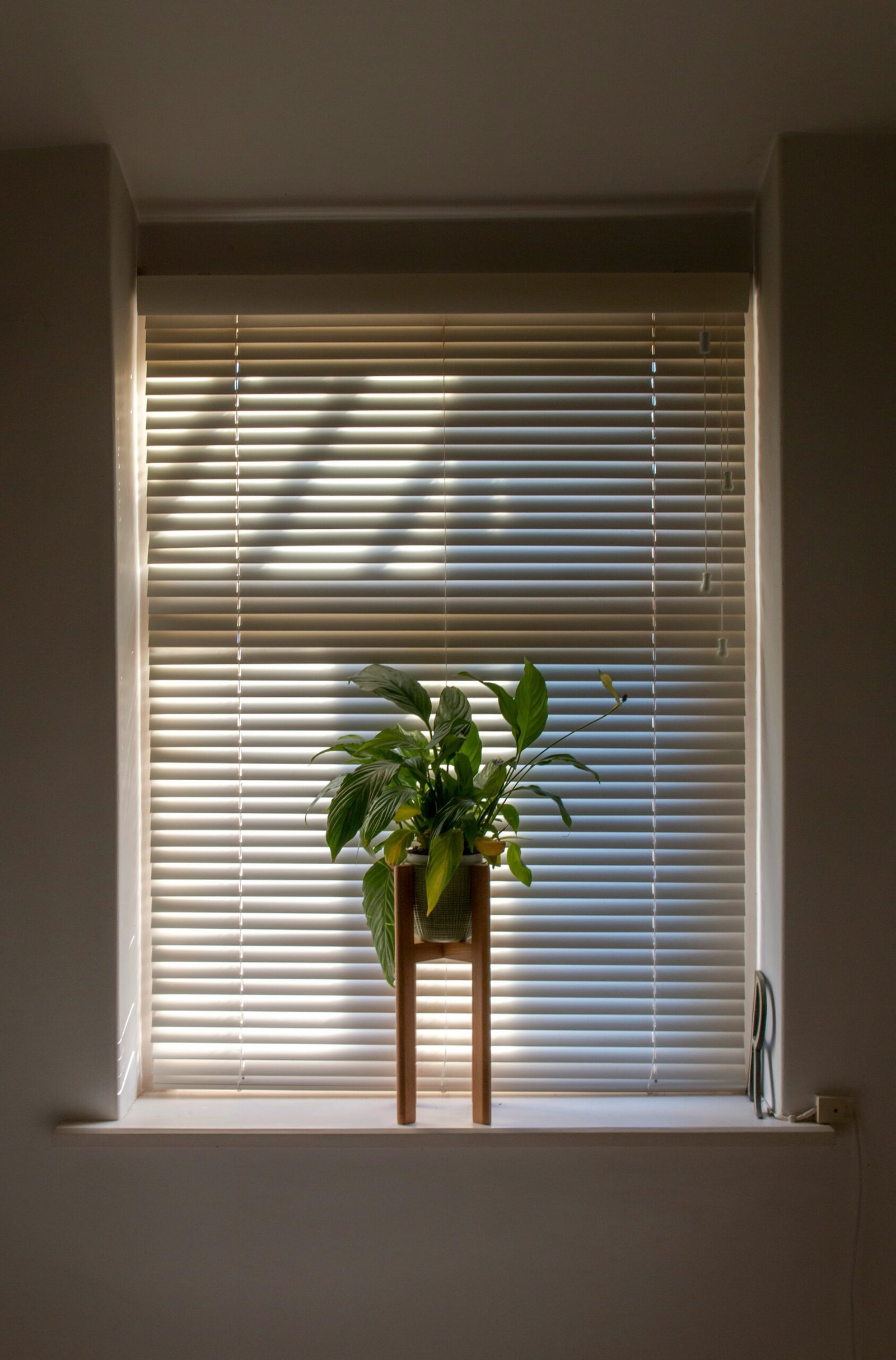Understanding Window Replacement
Window replacement is a significant home improvement project that involves the removal of existing windows and the installation of new ones. This process can be driven by various factors, ranging from the need for enhanced energy efficiency to aesthetic upgrades and improved functionality. Homeowners often find themselves considering this project when they notice drafts, water leakage, or when their windows become difficult to operate. Over time, the wear and tear of windows can lead to diminished performance, prompting the need for replacement.
There are multiple types of windows available on the market, including single-hung, double-hung, sliding, casement, bay, and specialty windows. Each type presents unique advantages and considerations, allowing homeowners to choose according to their specific needs and preferences. For instance, double-hung windows offer versatility in ventilation, while casement windows provide unobstructed views and excellent sealing capabilities when closed. This variety allows homeowners to tailor their selection to align with both aesthetic desires and functional requirements.
Beyond energy savings, homeowners often consider window replacement for its potential to enhance curb appeal and property value. New windows can provide a modern look and improve the overall appearance of a home, reflecting contemporary design trends. Moreover, specific window types can contribute to better natural lighting, enhancing the ambiance of interior spaces. Factors influencing the choice of windows include budget, climate considerations, local regulations, and the overall architectural style of the home.
As homeowners explore their options, understanding the full scope of window replacement becomes essential. It encompasses not just the replacement itself but the broader impacts on energy efficiency, home aesthetics, and long-term value. Being informed allows homeowners to make educated decisions that will benefit them in numerous ways beyond mere energy savings.
Evaluating Energy Savings Claims
When considering window replacement, potential energy savings claims can often appear optimistic, requiring critical evaluation to discern their true validity. Salespeople frequently employ a range of marketing terminologies designed to highlight the energy efficiency of new windows, such as R-values, U-values, and ENERGY STAR ratings. Understanding these terms is vital for homeowners looking to make informed decisions. The R-value measures a window’s resistance to heat transfer; higher values indicate better insulation performance. Conversely, the U-value quantifies the rate of heat transfer, where lower numbers signify improved energy efficiency. These metrics provide a basis for comparison in making purchasing decisions.
Furthermore, the ENERGY STAR label is an important certification that indicates compliance with specific energy efficiency guidelines set by the U.S. Environmental Protection Agency (EPA). However, it is essential for consumers to note that not all windows bearing an ENERGY STAR label are equal; performance can vary considerably based on geographical location, climate, and installation practices. Therefore, evaluating a window’s energy-saving potential should also take into account the specifics of individual homes and their unique energy needs.
Additionally, relying on third-party assessments or certifications can lend credibility to the claims made by sales representatives. Independent evaluations from organizations conducting real-world tests can provide a more accurate reflection of energy performance than sales pitches. As homeowners seek to lower energy costs, it is crucial to look beyond enticing claims and marketing jargon. In-depth research and understanding of energy efficiency can enable a more accurate expectation of how much new windows can save in real-life scenarios.
Realistic Energy Savings Calculations
When considering window replacement, it is essential to have a realistic understanding of the potential energy savings that can be achieved. Various factors significantly influence these savings, such as the age of existing windows, the prevailing climate zone, local energy costs, and the specific attributes of new windows. For instance, older windows, particularly those installed prior to the widespread adoption of energy-efficient models, often exhibit poor insulation and sealing. This deterioration can lead to substantial energy loss in the form of heating or cooling, negatively impacting energy bills.
Climate zones further influence energy efficiency. Homes in colder regions may achieve different energy savings through window replacement compared to those in milder climates. For example, homes undergoing winter months with heavy snowfall may benefit significantly from double or triple-pane windows, which provide superior thermal insulation. In warmer climates, low-emissivity (Low-E) glass coatings can help reflect heat, thus reducing reliance on air conditioning.
Moreover, local energy costs should not be overlooked. In areas where heating and cooling costs are notably high, the savings from installing energy-efficient windows can be more pronounced. According to various studies, homeowners can see a return on their investment through reduced energy bills over time, particularly in regions with high energy rates.
Case studies highlight real-world examples of energy savings from window replacements. For instance, a family in the Midwest replaced their single-pane windows with ENERGY STAR® certified double-pane models, resulting in an average annual energy cost reduction of approximately 15%. Similarly, in warmer climates, homeowners have reported saving as much as 25% on cooling costs after making the switch. These insights empower potential consumers to base their decisions on actual data rather than solely on salesperson claims, ensuring a more informed approach to energy savings through window replacement.
Making an Informed Decision
When considering window replacement, homeowners are presented with a myriad of options that can significantly impact their energy efficiency and aesthetics. To make an informed decision, it is essential to begin with a clear understanding of personal needs. Assess the functionality and efficiency of your current windows. Take note of any issues, such as drafts, condensation, or noise infiltration, which may suggest the need for replacement. Furthermore, consider whether your primary aim is energy savings, aesthetic enhancement, or both, as this will guide your selection process.
Budget considerations also play a pivotal role in the decision-making process. Establish a budget that accounts for not only the cost of the windows themselves but also associated expenses, such as installation and potential upgrades to your home’s insulation or siding. Prices can vary substantially based on materials and energy-efficiency ratings, so having a clear financial framework will help in narrowing down choices efficiently. It is wise to factor in long-term savings when evaluating the quality and energy-performance features of prospective windows.
Obtaining multiple quotes from various contractors is another crucial step in the window replacement journey. It is advisable to seek estimates from at least three reputable installers to ensure a competitive price and reliable service. During this phase, it is beneficial to perform due diligence by checking references, reading online reviews, and verifying credentials. This not only assists in selecting a qualified contractor but also provides an opportunity to gauge their familiarity with energy-efficient windows and their installation standards.
Finally, thorough research into available options is paramount. Utilize the insights from this post to weigh the pros and cons of window replacement against the claims made by salespersons. By assessing features like energy ratings, materials, warranties, and potential savings, homeowners can feel empowered to make choices that align with their needs and budget, ultimately leading to a confident investment in their homes.
If you’re interested in purchasing the item you seek, please click the link for additional details: #americanachoice.
https://amzn.to/3SBN3Oy
AFFILIATE DISCLOSURE: I am an affiliate for this company, I am not a paid employee.
I may receive a commission if you click a link on this page and choose to purchase something.
You can rest assured I will only share things I believe in and will be valuable to you.



